
Dr. De Tonack did a presentation on The Mathilda Effect—Forgotten Women in Science at Lincoln South Rotary Club on October 15.
Dr. Tonack opened explaining that, while teaching math and science, she began to wonder why more women did not have patents - why more women scientists were not Nobel prize winners - why more women were not mentioned in the research journals. She stated that there are also men that have been overlooked, but it happens more to women.
She shared stories of women involved in research and design but all of the recognition went to men.
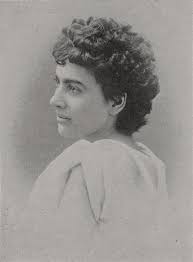 Her first subject was Elizabeth "Lizzie" Magie who invented what was called the Landlord’s Game. She created the game to demonstrate the current era where land was being grabbed by the rih at the expense of tenants who grew poorer. She included the need to travel and pay for railroad tickets and how if they crossed a landlord they would be sent to jail. Some thirty years later Charles Darrow stole the idea from Magie and presented it to Parker Brothers as Monopoly. Parker Brothers siezed all rights but Magie was happy to receive $500 to sell the patent as she wanted the idea to get out.
Her first subject was Elizabeth "Lizzie" Magie who invented what was called the Landlord’s Game. She created the game to demonstrate the current era where land was being grabbed by the rih at the expense of tenants who grew poorer. She included the need to travel and pay for railroad tickets and how if they crossed a landlord they would be sent to jail. Some thirty years later Charles Darrow stole the idea from Magie and presented it to Parker Brothers as Monopoly. Parker Brothers siezed all rights but Magie was happy to receive $500 to sell the patent as she wanted the idea to get out. Alice Ball was a chemist who developed the first successful treatment for leprosy (Hansen's disease) as a laboratory researcher. Her research led to the creation of an injecteble treatment which, previously, had only been a topical treatment and was only moderately successful.Tragically, Ball died at the young age of 24 and she did not get to see the full impact of her discovery. The president of the College of Hawaii, Dr. Arthur Dean, continued Ball’s research without giving her credit for the discovery. Dean even claimed her discovery for himself, calling it the “Dean Method.” Later, Dr. Harrto published a paper giving Ball the proper credit she deserved.
Alice Ball was a chemist who developed the first successful treatment for leprosy (Hansen's disease) as a laboratory researcher. Her research led to the creation of an injecteble treatment which, previously, had only been a topical treatment and was only moderately successful.Tragically, Ball died at the young age of 24 and she did not get to see the full impact of her discovery. The president of the College of Hawaii, Dr. Arthur Dean, continued Ball’s research without giving her credit for the discovery. Dean even claimed her discovery for himself, calling it the “Dean Method.” Later, Dr. Harrto published a paper giving Ball the proper credit she deserved.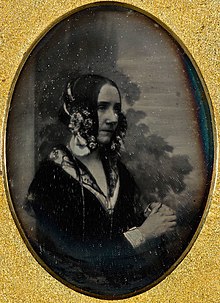 Ada Lovelace was a mathematician known for her work on Charles Babbage’s mechanical, general-purpose "analytical engine" - computer. Ada best understood the promise of such a machine. She used an algorithm, thought to be first computer program, to show what it might do. However, Babbage earned credit for the idea.
Ada Lovelace was a mathematician known for her work on Charles Babbage’s mechanical, general-purpose "analytical engine" - computer. Ada best understood the promise of such a machine. She used an algorithm, thought to be first computer program, to show what it might do. However, Babbage earned credit for the idea.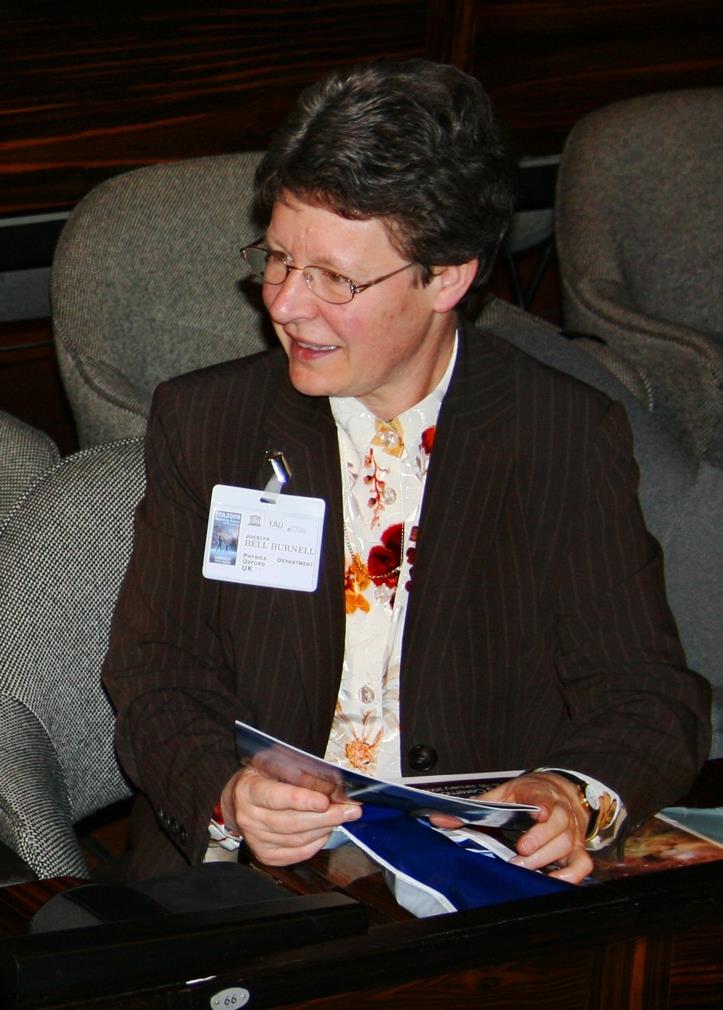 Jocelyn Bell Burnell, an astrophysicist, helped build a large radio telescope. Studying reports and graphs she discovered the space-based phenomena known as pulsars. Working with a team that included two men, results were published. Later the two men were presented with a Nobel Prize and she humbly agreed that was appropriate because, at the time, she was merely a postgraduate student.
Jocelyn Bell Burnell, an astrophysicist, helped build a large radio telescope. Studying reports and graphs she discovered the space-based phenomena known as pulsars. Working with a team that included two men, results were published. Later the two men were presented with a Nobel Prize and she humbly agreed that was appropriate because, at the time, she was merely a postgraduate student. Rosalind Franklin worked with the molecular structures of DNA, RNA, viruses, coal and graphite. She only received credit for the coal and graphite work during her life. James Watson, Francis Crick and Maurice Wilkins shared the Nobel Prize in Physiology or Medicine in 1962. She did not. Her co-worker Wilkins remarked, “Rosalind replied in terms which offended me as she has an air of cool superiority. Franklin’s habit of intensely looking people in the eye while being concise, impatient and direct unnerved many of her colleagues.”
Rosalind Franklin worked with the molecular structures of DNA, RNA, viruses, coal and graphite. She only received credit for the coal and graphite work during her life. James Watson, Francis Crick and Maurice Wilkins shared the Nobel Prize in Physiology or Medicine in 1962. She did not. Her co-worker Wilkins remarked, “Rosalind replied in terms which offended me as she has an air of cool superiority. Franklin’s habit of intensely looking people in the eye while being concise, impatient and direct unnerved many of her colleagues.” 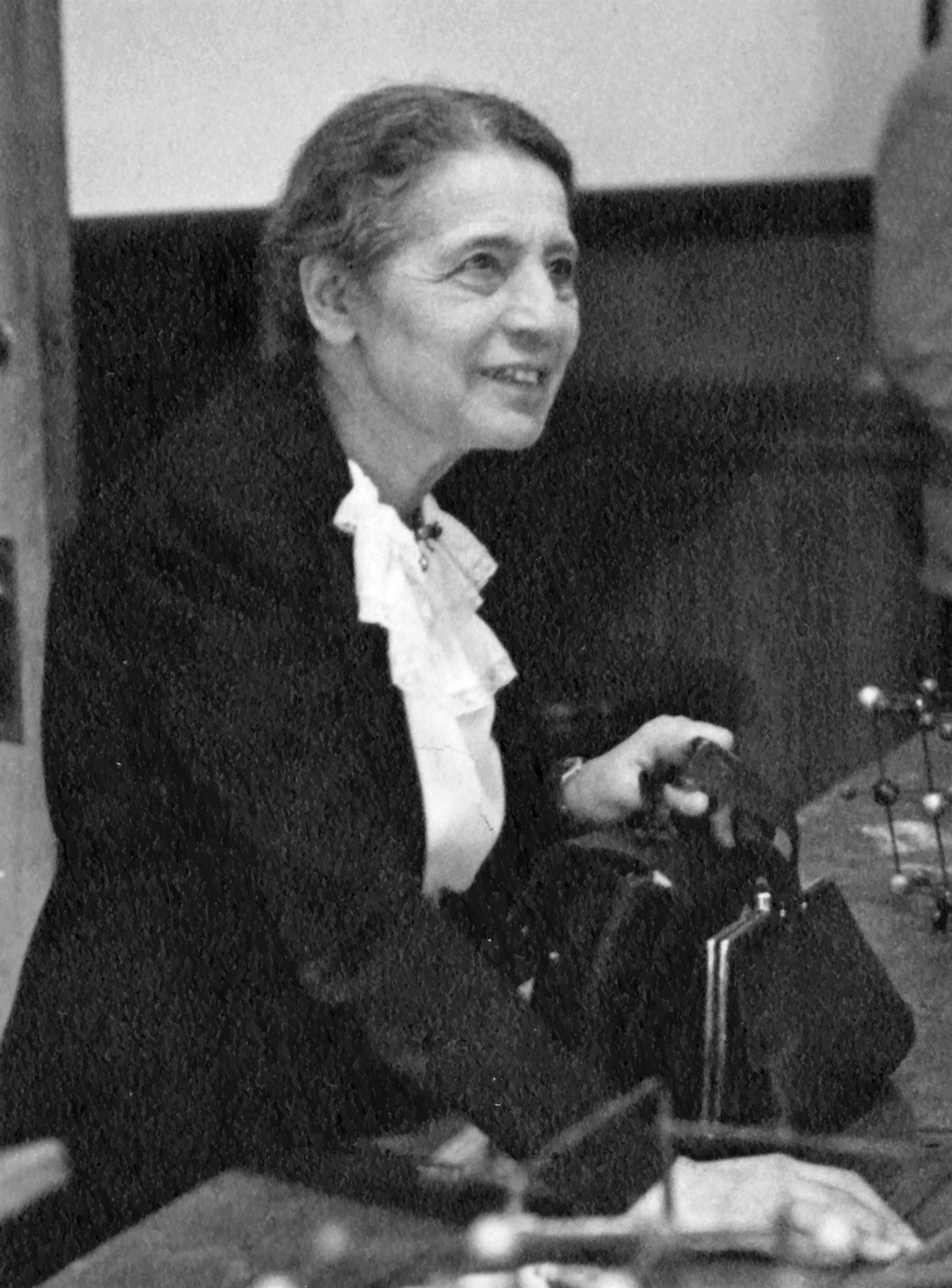 Nuclear physicist, Lisa Meitner, worked with radioactivity. She was sometimes acclaimed as the mother of the atom bomb. Hahn received the Nobel Prize in Chemistry in 1944. In 1997, chemical element 109 was named Meitnerium i(long i-ner-ium) in her honor.
Nuclear physicist, Lisa Meitner, worked with radioactivity. She was sometimes acclaimed as the mother of the atom bomb. Hahn received the Nobel Prize in Chemistry in 1944. In 1997, chemical element 109 was named Meitnerium i(long i-ner-ium) in her honor. 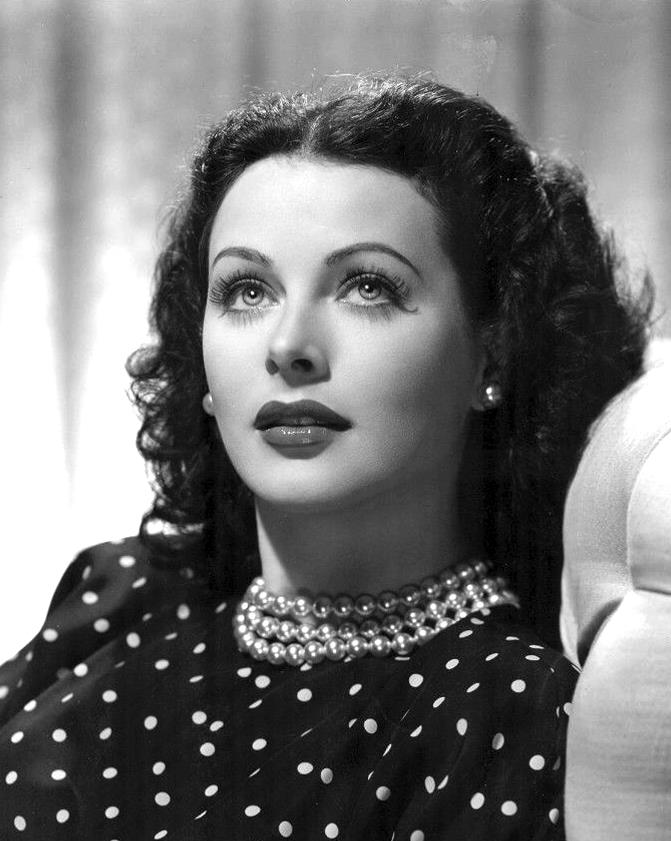 Hedy Lamarr was not only a movie star, but also the incredible mind behind modern day things such as WiFi, GPS and Bluetooth. She received a patent for radio communications to disrupt the frequency of allied torpedoes so they could not be detected by the Nazis in World War II. Though the military did not acknowledge her work, it was the groundwork for development for decades.
Hedy Lamarr was not only a movie star, but also the incredible mind behind modern day things such as WiFi, GPS and Bluetooth. She received a patent for radio communications to disrupt the frequency of allied torpedoes so they could not be detected by the Nazis in World War II. Though the military did not acknowledge her work, it was the groundwork for development for decades.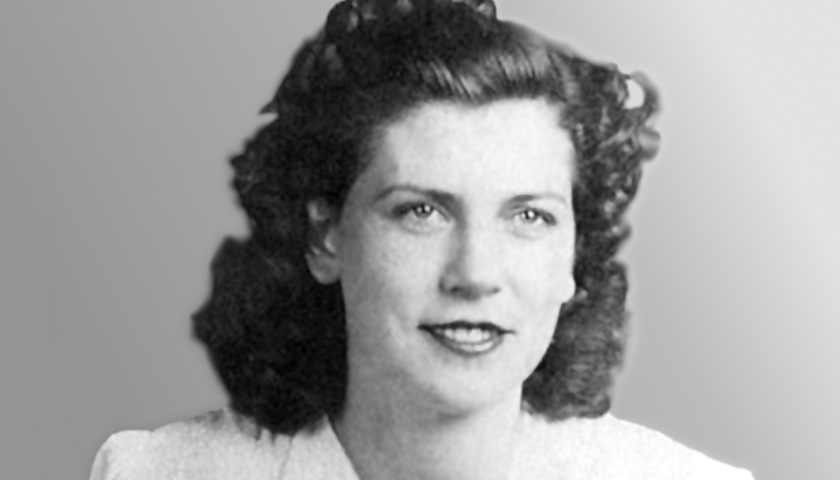 Margaret Knight, at age 12, invented a stop-motion device for factory spindles in cotton mills that would improve safety and save lives. Later she invented the "flat bottom paper bag". Another machinist watched her process, stole it, and filed for a patent. She won in court and later won the patent. she is one of the first women to receive a patent. In total she received more than 25 patents and is credited with over 90 inventions.
Margaret Knight, at age 12, invented a stop-motion device for factory spindles in cotton mills that would improve safety and save lives. Later she invented the "flat bottom paper bag". Another machinist watched her process, stole it, and filed for a patent. She won in court and later won the patent. she is one of the first women to receive a patent. In total she received more than 25 patents and is credited with over 90 inventions. Margaret Keane is known for her paintings of subjects with big eyes. Her work was originally attributed to her husband, Walter Keane. After their divorce in the 1960s, Margaret soon claimed credit, Her story is featured in the 2014 movie Big Eyes.
Margaret Keane is known for her paintings of subjects with big eyes. Her work was originally attributed to her husband, Walter Keane. After their divorce in the 1960s, Margaret soon claimed credit, Her story is featured in the 2014 movie Big Eyes.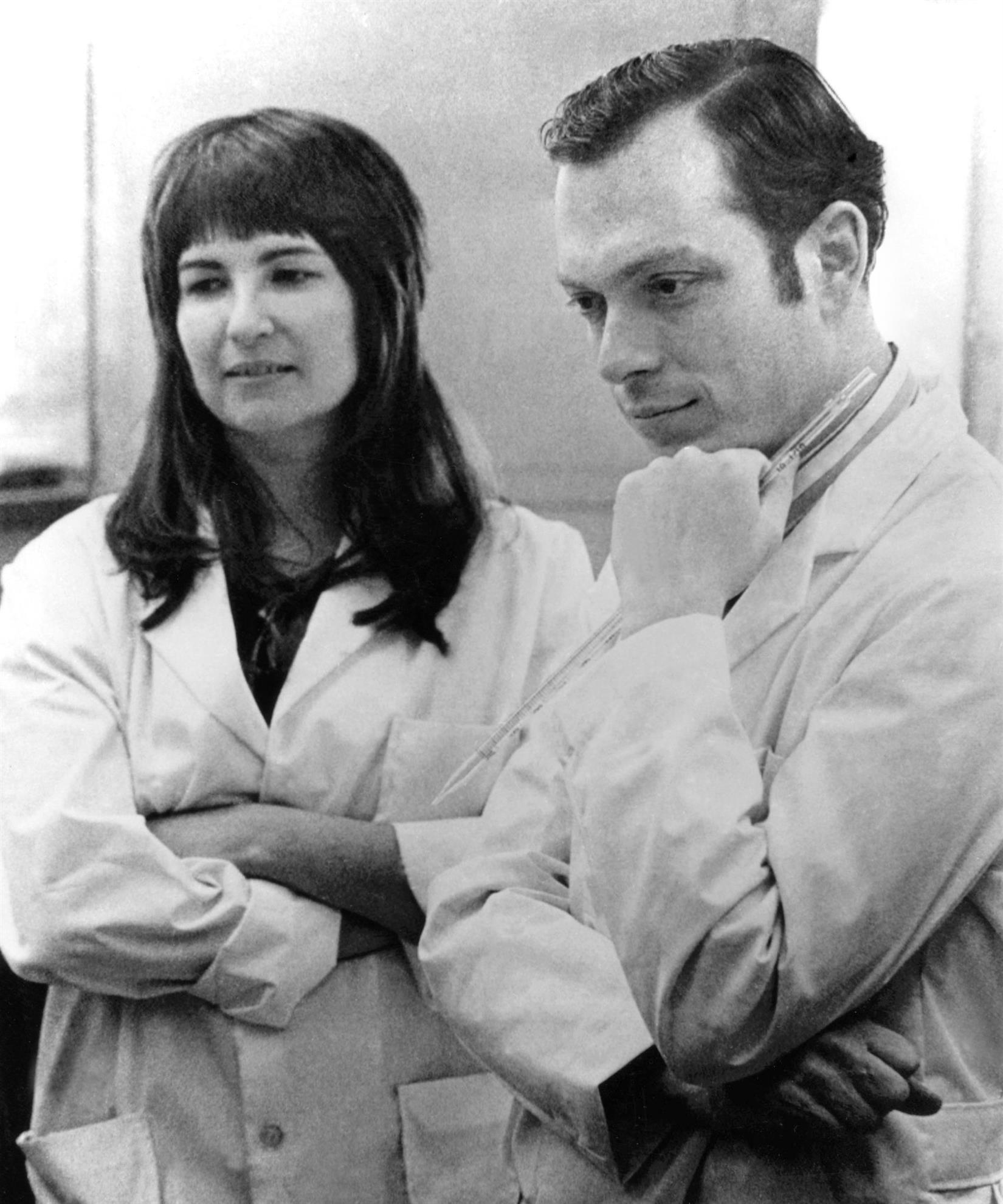 Candace Pert is famous for her work connecting the mind and the body, “Molecules of Emotion”. She was a neuroscientist and pharmacologist who discovered the opiate receptor She was among the first to investigate our emotions through the link between the mind and the body.
Candace Pert is famous for her work connecting the mind and the body, “Molecules of Emotion”. She was a neuroscientist and pharmacologist who discovered the opiate receptor She was among the first to investigate our emotions through the link between the mind and the body. 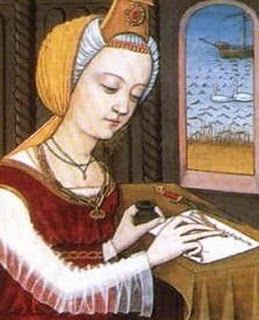 Trota of Solerno was a medical practitioner who worked with women's health. Long ago it seems some women were more accepted for their knowledge than they are today. However, her stories were overlooked for 100s of years.
Trota of Solerno was a medical practitioner who worked with women's health. Long ago it seems some women were more accepted for their knowledge than they are today. However, her stories were overlooked for 100s of years.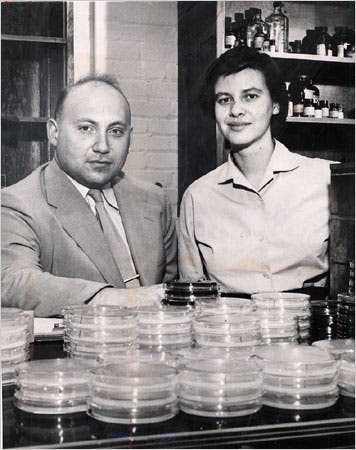 Ester Lederberg discovered a bacterial virus which is widely used to study gene regulation and genetic recombinations. Her work has contributed to modern day processes to develop vaccines. In 1958, she accompanied her husband to Sweden where she looked on while three men, one her husband, one her mentor and one her research partner were awarded the Nobel Prize, for work connected to her own. Rebecca Ferrell, a biologist who has researched Lederberg’s life commented, “ The three guys get the prize, and she gets to put on gloves and a long gown and watch.”
Ester Lederberg discovered a bacterial virus which is widely used to study gene regulation and genetic recombinations. Her work has contributed to modern day processes to develop vaccines. In 1958, she accompanied her husband to Sweden where she looked on while three men, one her husband, one her mentor and one her research partner were awarded the Nobel Prize, for work connected to her own. Rebecca Ferrell, a biologist who has researched Lederberg’s life commented, “ The three guys get the prize, and she gets to put on gloves and a long gown and watch.” Dr. Tonak wrapped up the presentation with these facts:
Since 1901, 12 women have won the Nobel Prize in Physiology or Medicine; 5 have won in Chemistry; 3 have won in Physics, and 2 have won the Nobel Memorial Prize in Economics Science. Since its beginning, it has been awarded almost 600 times to almost 1000 people and organizations, with some receiving the Nobel Prize more than once. However, 1/3 of the Nobel Prizes in Peace have been women.
SPEAKER BIO
Dr. De Tonack was born and grew up on a farm in Holdrege, Nebraska, a product of country schools and Swedish heritage. She received her college degrees from what was then Kearney State College and her Ph.D. later from UNL.
She has enjoyed many years teaching mathematics and physics in Kearney and in Lincoln, with her last full time employment with LPS at the Science Focus Program, i.e., “Zoo School.” She has also taught as an adjunct professor at Nebraska Wesleyan University and continues to enjoy volunteering for Sheldon Museum of Art , OLLI and the Nebraska State Educaetion Association-Retired.